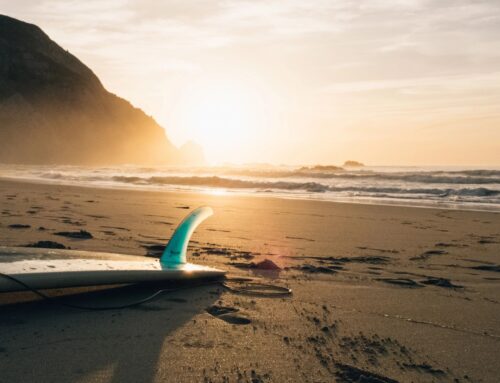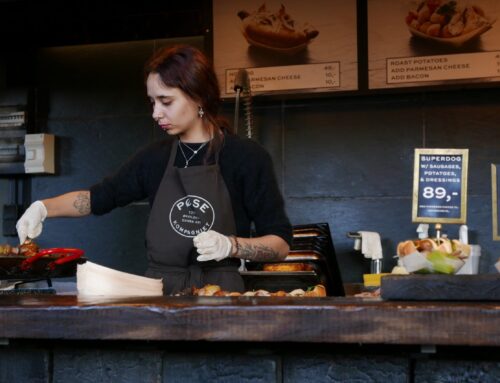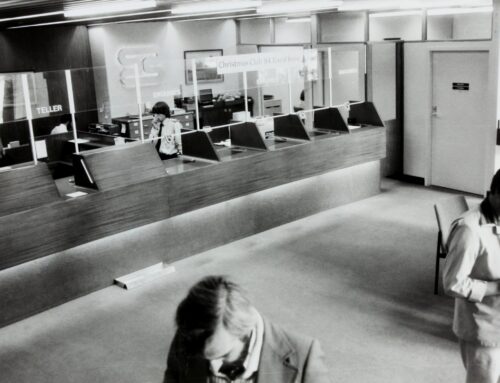Back in October of 2020, the House introduced a $120B fund to provide relief for food and beverage businesses. This had little chance of passing amongst the other small business relief programs already available. Alas, the recently enacted American Rescue Plan Act (“ARPA”) used the framework from this proposal to establish and appropriate $28.6B to the Restaurant Revitalization Fund, a far cry from the initially proposed $120B, but generous enough to garner the immediate attention of restaurant owners and related industry groups across the country in a matter of days.
Further guidance about the grant program has yet to be released, but below is what we know:
Who is eligible for the grants?
MKS: Eligible entities include restaurants, food stands, food trucks/carts, caterers, lounges, brewpubs and taprooms. If you operate in the food or beverage space, chances are you’re eligible. However, affiliated entitles with more than 20 locations and publicly traded companies are NOT eligible.
What will the amount of the grant be?
MKS: 2019 gross receipts less 2020 gross receipts, less PPP loan funds received. Grants are capped at $5M per location and $10M per entity (including affiliated businesses of the eligible entity).
If an entity was not in operation for all of 2019, the grant amount is calculated by taking the difference between:
• Average monthly gross receipts in 2019 multiplied by 12, and;
• Average monthly gross receipts in 2020 multiplied by 12
Entities opened on or after January 1, 2020 may be eligible based off of eligible expenses or a formula determined by the Small Business Administration (“SBA”).
When can I apply, and if approved, when will the grants be disbursed?
MKS: As of March 15, 2021, we are not aware of a timeline. This has been confirmed by comments from the SBA that it may take at least several weeks to stand up the application process. We do know that the first 21 days of the application period, the SBA will prioritize grants to eligible entities owned and controlled by women, veterans, or socially and economically disadvantaged small business concerns. We are awaiting word as to what constitutes “socially and economically disadvantaged.”
I own/run a small or local restaurant, what are my chances of securing a grant?
MKS: We think good, but time will tell. The intent is clearly to ensure funding is available to smaller operations, as $5B (out of $28.6B in total) of the funding is available to restaurants with gross receipts of $500,000 or less during 2019. Experiences with other pandemic assistance programs should prompt the regulators to “even the playing field” with these grants.
What can the grant funds be used for?
MKS: Various operating expenses incurred as a direct result of, or during, the COVID-19 pandemic, such as payroll costs, rent, utilities, maintenance expenses, protective equipment, food and beverage expenses. Food and beverage expenses catch our attention – our guess is it won’t be hard for most grant recipients to find costs to use the funds on.
When do the funds have to be used by?
MKS: December 31, 2021, unless the SBA determines a different date. Unused funds must be returned, but we find it hard to believe given the list of eligible expenses that there will be many instances of returned funds.
What can I do to prepare for the application process?
MKS: Below are a few suggestions we have for those who intend to apply for the restaurant fund grants. Items 1 and 2 are immediate action items that can be done now to prepare and are free.
- Register for a Dun and Bradstreet (DUNS) number. This number will be needed to register in the government’s System for Award Management (SAM). You can obtain this free via the D&B website, and if unsure whether your business already has this number, the website also features a business lookup. Please keep in mind that this may take 2-3 days to receive.
- With a DUNS number, apply for registration in SAM. This quick start guide will provide the information needed to register. Please note the estimated time to receive approval in the SAM portal can take up to two weeks.
- Determine your gross revenue loss from 2019 to 2020.
- Gather the following financial documents that may be needed to accompany an application:
a. 2019 Tax Return
b. 2020 Tax Return (if filed)
c. Quarterly income statements for 2019 and 2020, signed by a primary officer of the entity
d. Payroll reports
e. 2019 audited financial statements (if applicable)
With limited information available, we do believe the DUNS number and a SAM registration will be a requirement. It remains to be seen how the government intends to assist small business owners with this process given the time constraints, and leads us to suggest that it will be weeks before this grant program is available.





